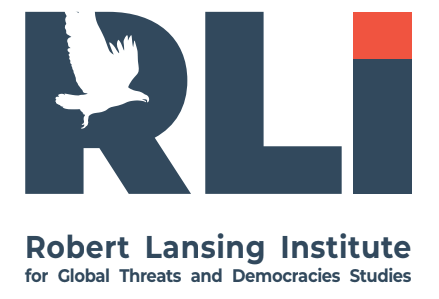Armenia and Azerbaijan initialed a U.S.-brokered peace deal on August 8, 2025, with Washington and Brussels framing it as a milestone that still requires formal signing and ratification. Moscow reads this as a direct erosion of its Caucasus leverage after the withdrawal of Russian peacekeepers from Karabakh in 2024, and Yerevan’s visible strategic drift—ICC accession and freezing CSTO participation. Expect Russia to escalate political, economic, informational, and security pressure to keep Armenia within its orbit. SVR chief Sergei Naryshkin’s high-level outreach to Yerevan (and the region) is best seen as part of that leverage campaign.
Why Moscow is pressing now (structural reasons)
- Loss of the Karabakh lever. Russia’s peacekeepers withdrew early in April–June 2024, removing a key instrument Moscow used to arbitrate between Baku and Yerevan. A U.S.-midwifed Armenia–Azerbaijan peace framework deepens that loss.
- Armenia’s westward tilt. Yerevan froze CSTO participation (Feb 2024), ratified the ICC Rome Statute, and began French arms purchases (e.g., CAESAR howitzers)—all seen in Moscow as defection from Russia’s security system.
- Eroding Russian footprint inside Armenia. Armenia forced the withdrawal of Russian border guards from Yerevan airport (2024) and later from the Iran border checkpoint (Dec 2024), reasserting sovereignty over border control.
- Geopolitical corridor politics. Concepts linked to the peace process (e.g., U.S.-promoted transit projects that would bypass Russian/Iranian control) threaten Russia’s gatekeeper role in the South Caucasus
What Moscow wants (immediate goals)
- Dilute or reshape the peace terms so implementation depends on Moscow-friendly sequencing (border, transit, security guarantees), restoring a Russian veto in practice.
- Freeze Armenia’s western realignment (CSTO exit, EU/US security ties, French rearmament) or make it politically costly for Yerevan.
- Re-embed Russian security assets (FSB border presence, 102nd base influence) and maintain economic dependency (energy, remittances, market access.
Pressure toolkit (means & methods to expect)
Political & intelligence signaling. High-level envoys—including SVR Director Sergey Naryshkin—serve to warn and probe Yerevan’s red lines. Naryshkin has used quiet Yerevan calls before (famously in 2022) and, in 2025, showcased active regional engagement (e.g., Baku visit), signaling Moscow’s intention to police outcomes around the peace track. The meeting between Naryshkin and Armenian Prime Minister Pashinyan represented an obvious breach of protocol for the Director of the Foreign Intelligence Service, who would normally be entitled to meet only with the head of Armenia’s intelligence services, not the head of government. In this sense, Naryshkin’s visit carried the character of a Russian emissary’s mission.
According to our assessment, Moscow fears that Armenia may establish an independent intelligence agency, a step envisaged in the government’s 2021–2026 program. During his 2022 visit to Yerevan, Sergey Naryshkin offered Moscow’s assistance in this process. We believe this gesture may indirectly point to a high degree of SVR infiltration into Armenia’s prospective intelligence structure.
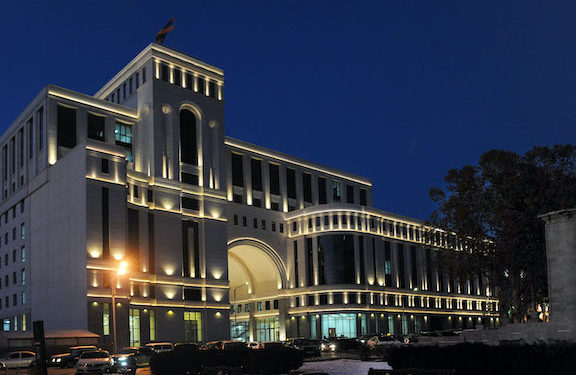
We have previously noted that Naryshkin personally participates in Kremlin influence operations. These interventions are often ineffective, unprofessional, and display the hallmarks of actions taken under political pressure. It is possible that Naryshkin’s own political standing remains weak, with his agency losing ground in Russia to the FSB and military intelligence. This situation creates political uncertainty around him and forces him to take part in activities that do not correspond to his level of competence.
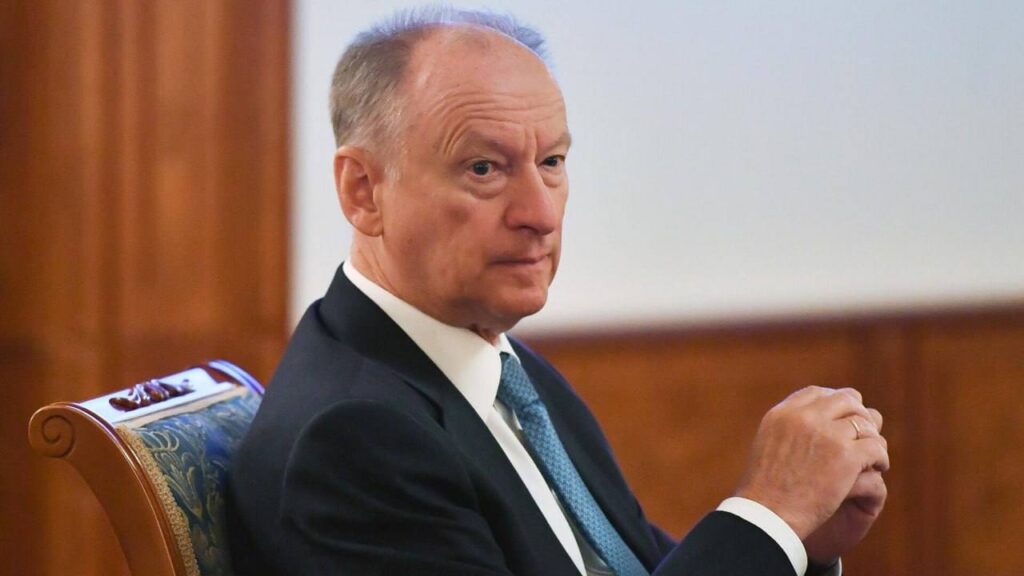
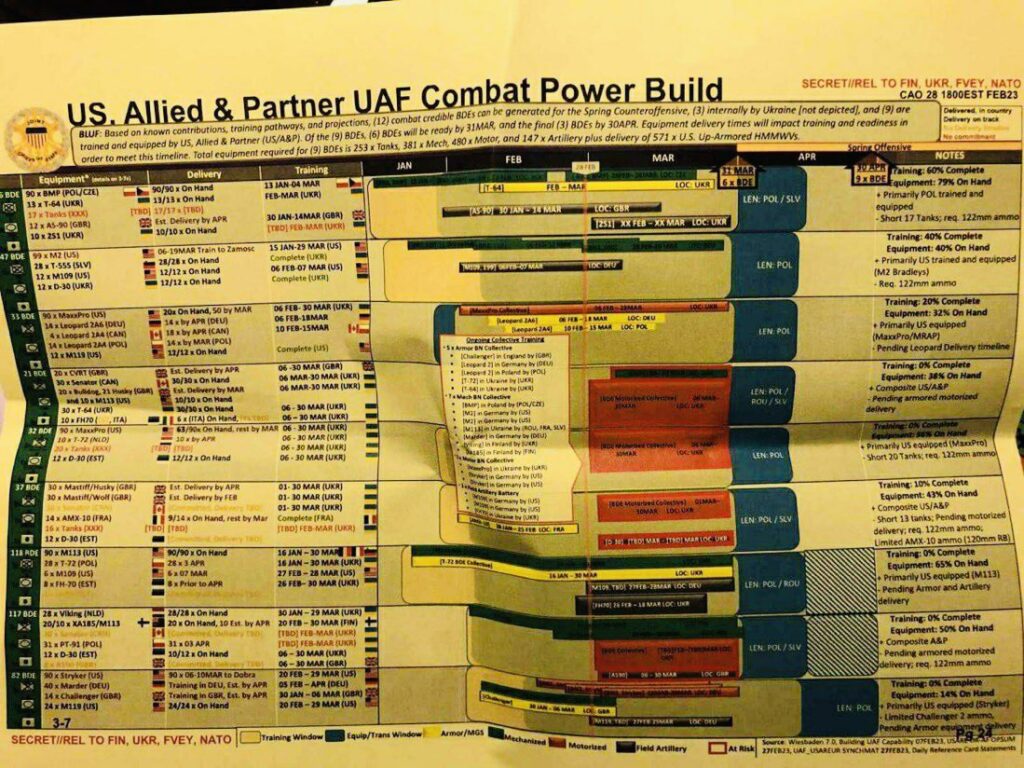
In recent years, Russia has repeatedly attempted to unseat Pashinyan’s government through coup plots. The Kremlin fears that a peace agreement between Armenia and Azerbaijan will bring both countries closer to the West and erode Moscow’s influence in the region. This helps explain Russia’s long-standing policy of sustaining tension in the South Caucasus. Attempts to obstruct peace between Armenia and Azerbaijan were evident as early as 2020, when Foreign Intelligence Service Director Sergey Naryshkin accused the United States and “its European friends” of seeking to undermine a Russian-brokered ceasefire and provoke renewed conflict by encouraging nationalist forces on both sides. Now Russia insists: long-term, sustainable peace should primarily be crafted by regional powers—namely Russia, Iran, and Turkey—and not driven by external actors. Moscow also warned of the risks posed by foreign interference, drawing attention to the unintended consequences of past Western interventions in other regions.
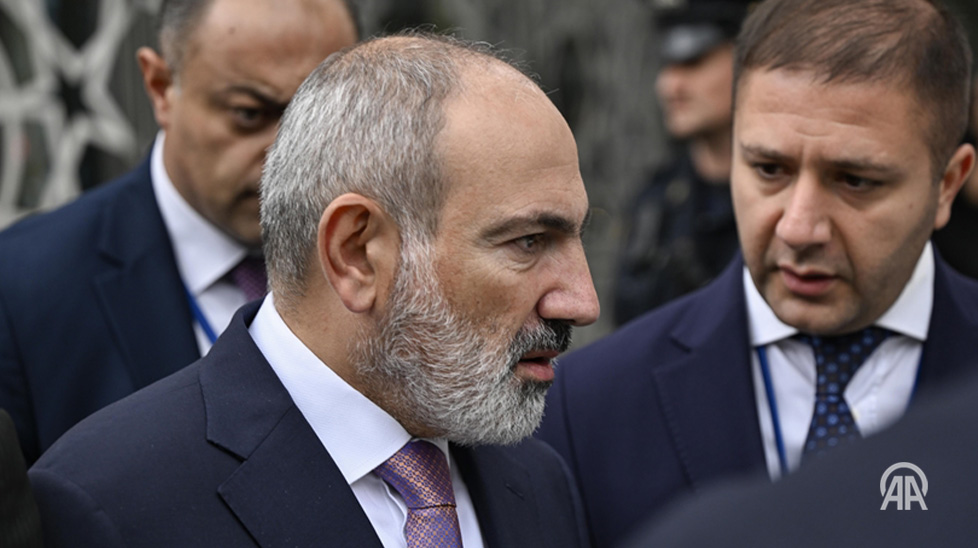

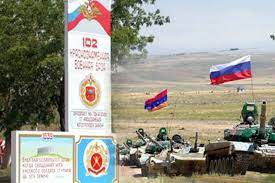
- Russia can tighten customs/transport frictions, energy pricing/supply, and migrant labor rules affecting Armenian households reliant on remittances—classic tools it has used across the CIS.
- Information operations. Narratives amplifying domestic opposition to border concessions and framing the peace as “U.S. diktat” will aim to weaken Pashinyan and stall ratification. (Border handovers already sparked protests in 2024.)
- Security spoilers by proxy. Heightened border incidents, “patriotic” mobilizations, or gray-zone intimidation could raise the political cost of implementation without overt Russian fingerprints.
- Institutional friction. Pressure within EAEU/CSTO formats and bilateral defense-industrial channels to slow Armenia’s Western armaments and re-tie logistics to Russia
Naryshkin’s Yerevan outreach—how to read it
- Intent: demonstrate Moscow’s remaining access and to deliver warnings directly to the Prime Minister/NSS about Western security involvement and any corridor constructs that exclude Russia. (Precedent: his 2022 Yerevan stop immediately after the CIA director’s visit; 2025 activity included visible trips to Baku.)
- Message: Russia still claims a security patron role in the Caucasus and seeks to shape the peace even if the text is U.S.-brokered.
- Limit: The very fact that Russia must signal via intel channels underscores its diminished formal leverage after peacekeeper withdrawal and Armenia’s policy shifts.
Consequences for Armenia if pressure intensifies
- Peace implementation risk. Expect tug-of-war over demarcation, transit corridors, and sequencing—with Moscow incentivizing delays or renegotiations. EU and U.S. will need to underwrite timelines or watch slippage
- Domestic polarization. Information pressure + economic nudges could amplify urban/rural and veteran/civilian divides, complicating ratification and early confidence-building measures with Baku.
- Security balancing costs. A faster Western pivot (France/EU/US) brings capability gains but near-term retaliatory frictions from Moscow (trade, migrants, energy).
- egional triangulation. Russia may coordinate more overtly with Azerbaijan (and tacitly with Iran) to constrain U.S./EU footprint—e.g., on corridor routing, border guard mandates, or arms monitoring.
Scenarios (next 6–12 months)
- Managed implementation (base case, fragile). Peace steps proceed with Western guarantees; Russia snipes from the sidelines but avoids hard confrontation, betting on Armenian domestic fatigue.
- Stalled ratification (pressure pays). Moscow leverages economic/information tools; ratification slows; technical committees grind; border and transit milestones slip into 2026. The U.S./EU face credibility tests
- Coercive reset (tail risk). A manufactured security crisis around demarcation or a border incident invites “mediation” that re-inserts a Russian role, rewriting the implementation calendar.
What to watch (concrete indicators)
- Customs/energy signals: sudden inspections or pricing “adjustments” on Armenian trade/energy flows.
- Migrant policy shifts: new rules affecting Armenian workers in Russia (visa/registration frictions).
- Media spikes: coordinated narratives against “Western bases” or “sovereignty loss” tied to the peace agenda (a Naryshkin talking point in 2024.
- Security sightings: renewed FSB/peacekeeper mandates floated publicly; joint Russia–Azerbaijan intel optics post-peace.
- High-level traffic: Russian government emissaries (e.g., Deputy PM Overchuk in Yerevan, Aug 20, 2025) pitching “practical cooperation” that anchors Armenia back into Russian-led formats
Policy notes for Yerevan and partners
- Lock in sequencing & timelines in the ratification package; publish milestones and verification to blunt spoiler narratives.
- Backstop the economy. Prepare targeted buffers (energy supply options, trade facilitation to the EU, migrant support) to reduce vulnerability to Russian economic coercion.
- Security reassurance. Accelerate non-escalatory Western defense support (air defense, ISR, C2) while communicating red lines that keep the border quiet
Narrative discipline. Regular joint statements (Armenia–Azerbaijan–EU/U.S.) on progress to deprive spoilers of oxygen.
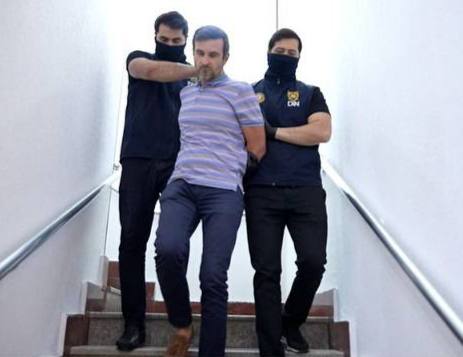

More on this story: Will Iran’s and Russia’s Meddling Start Another War in the South Caucasus?
